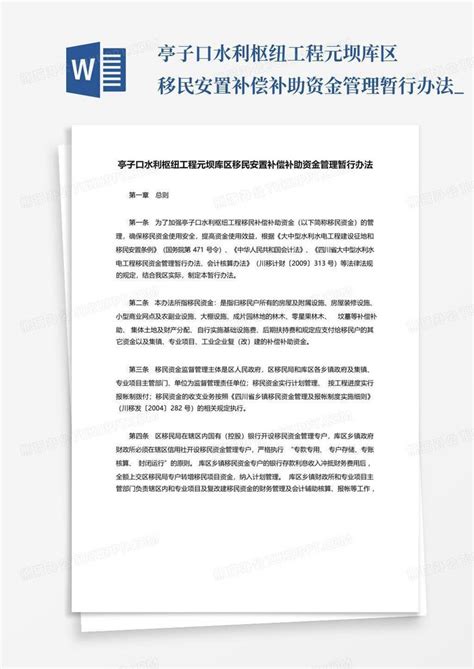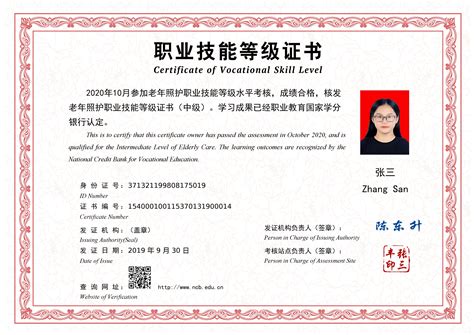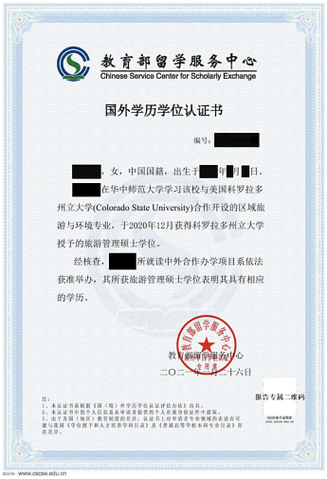偏关县关河口古渡驿站
Title: Understanding Compensation for Displaced Communities along the Piankai River
Introduction
In recent years, the issue of compensating displaced communities along the Piankai River has garnered significant attention. This article aims to provide a comprehensive understanding of the compensation process for these communities, considering both the legal framework and the practical implications.
Background
The Piankai River, located in [insert location], has witnessed extensive development projects aimed at infrastructure improvement, urbanization, and economic growth. However, such initiatives often entail the displacement of communities residing along the riverbanks. These communities, reliant on the river for their livelihoods and cultural identity, face numerous challenges when resettling elsewhere.
Legal Framework
The compensation process for displaced communities along the Piankai River is governed by a combination of national laws, regional regulations, and local policies. At the national level, laws related to land acquisition, environmental protection, and social welfare play a crucial role. Regional regulations may provide additional guidelines specific to the area surrounding the Piankai River. Local policies are often tailored to address the unique needs and concerns of the affected communities.
Types of Compensation

Compensation for displaced communities typically includes both monetary and nonmonetary components:
1.
Monetary Compensation
: This involves financial payments to affected households to cover the value of land, property, and assets lost due to displacement. The amount of compensation is determined through various mechanisms, including land appraisals, market value assessments, and negotiation between stakeholders.2.
Nonmonetary Compensation
: In addition to monetary compensation, displaced communities may receive nonmonetary benefits such as resettlement assistance, housing support, access to healthcare and education facilities, vocational training, and employment opportunities. These measures aim to mitigate the social and economic impacts of displacement and facilitate the integration of affected communities into their new surroundings.Challenges and Considerations
Despite efforts to provide adequate compensation, several challenges persist:
1.
Valuation of Assets
: Determining the fair market value of land and property can be contentious, especially in areas where property rights are unclear or informal arrangements prevail.2.
Resettlement Issues
: Ensuring that resettlement sites meet the needs and preferences of displaced communities is essential for successful integration. Factors such as proximity to livelihood opportunities, access to basic services, and social cohesion must be carefully considered.3.
Community Participation
: Meaningful engagement with affected communities throughout the compensation process is crucial for building trust, addressing grievances, and ensuring transparency and accountability.4.
Sustainability
: Longterm sustainability considerations, including environmental conservation, resource management, and disaster resilience, should be integrated into compensation and resettlement plans to mitigate future risks and vulnerabilities.Guiding Principles for Compensation
To enhance the effectiveness and fairness of compensation for displaced communities along the Piankai River, the following guiding principles should be adopted:
1.
Transparency
: Ensure transparency in the compensation process, including clear communication of eligibility criteria, valuation methodologies, and grievance redress mechanisms.2.
Equity
: Treat all affected households fairly and equitably, regardless of socioeconomic status, ethnicity, or other characteristics. Avoid discrimination and ensure that vulnerable groups receive adequate support.3.
Participation
: Foster meaningful participation of affected communities in decisionmaking processes, from planning and implementation to monitoring and evaluation.4.
Accountability
: Hold responsible parties accountable for fulfilling their obligations regarding compensation and resettlement, including timely disbursement of payments and delivery of promised benefits.5.
Sustainability
: Integrate principles of sustainability into compensation and resettlement plans, considering longterm environmental, social, and economic impacts.Conclusion
Compensating displaced communities along the Piankai River requires a multifaceted approach that balances legal requirements, socioeconomic considerations, and community needs. By adhering to principles of transparency, equity, participation, accountability, and sustainability, stakeholders can ensure that compensation efforts are effective, just, and beneficial for all parties involved.
References
[Insert relevant references and sources for further reading]









